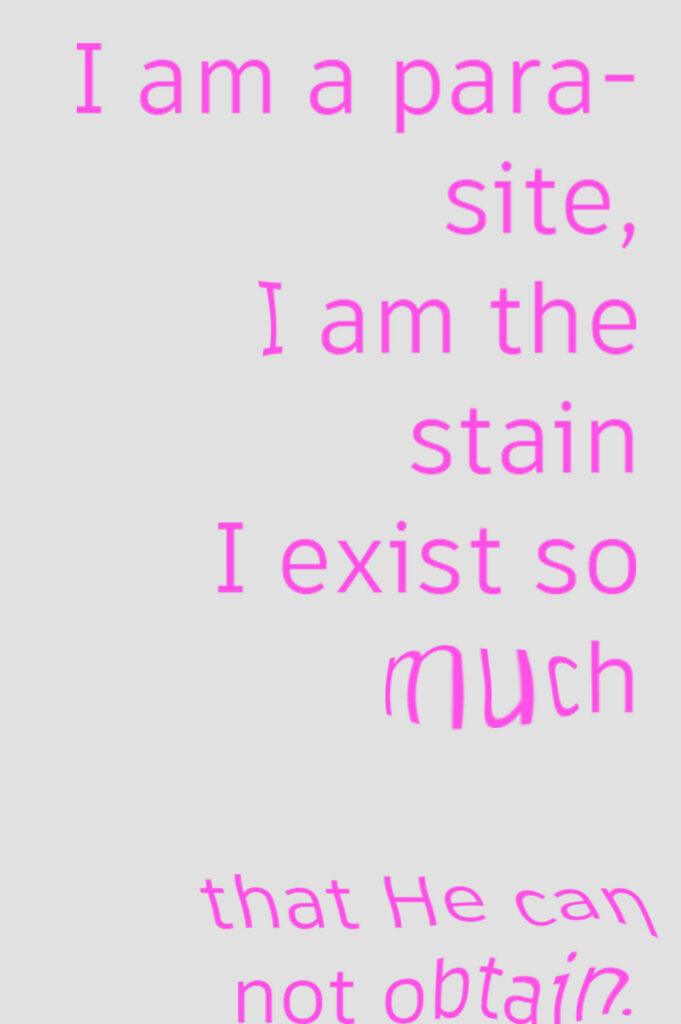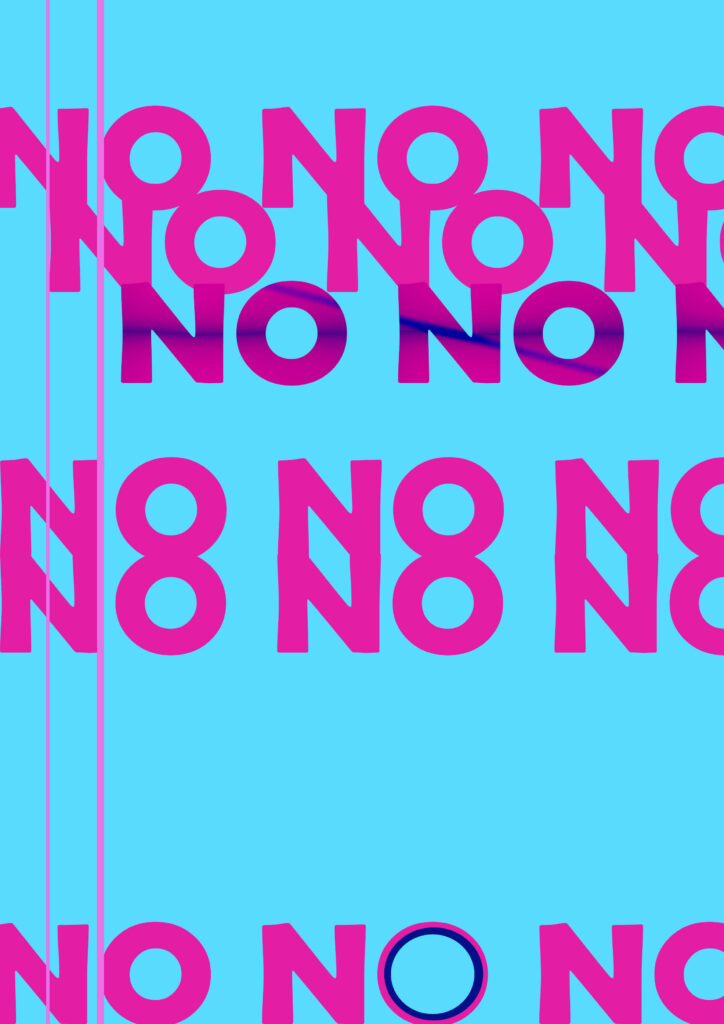Remember how during our first session in class we talked about productive complaining?
Well, please let me do the complete opposite today and just complain,
because I really feel like complaining.
First of all, its winter.
People hate winter.
It is dark, it is cold, the days are so short,
but it’s also a nice topic to complain about every day.
Normally when I feel the need to complain I talk to my mother.
She is the “complaint-receiver” of the family.
After a hard day of working, she comes home, where she finds 10 missed calls from her 4 children and a husband, everybody ready to lay off the burden they collected all day long.
But I could not reach her.
Please let me complain here about what we don’t want to talk about anymore:
I want to complain about the ongoing pandemic. I want to complain about my mental state that has pulled me into a down again. I want to complain about humanity still not able to deal with social injustices and climate change. I want to complain about the weather.
But, who to address this to?
Some things are (seem?) too big to complain about productively.
All you are left with is just complaining.
This makes me think about whether we have never learned how to complain productively within the right structure. Watching a lecture from Sara Ahmed I found it interesting when she talked about certain procedures that are applied when you voice your concern to the official complaint procedures of institutions. They receive you, they listen to you, they nod, and they say yes. They say yes, they will accept your complaint and deal with it. It gives you a feeling of satisfaction. You were able to let off steam, you feel like you have advanced in your process of dealing with your issue. But then nothing happens. You went through the whole procedure, but in the end, you sent the file and by filing it you might put it to rest forever. The problem is that going through the whole procedure gives you a feeling of being active and of accomplishment without something happening for real. Because what happens from the part of the complaint-receiver is simple “nonperformaty”. There is a gap between what is supposed to happen (according to policies and procedures) and what is really happening1. You have to push institutions to follow their own policies and even then, it can take a lot of time as they hope that by time you will just let go. Hence in the end, all you did was letting off steam: an explosion is avoided by the one that receives the complaint2. By filing your complaint, you got a feeling of being productive even though in fact you were not.
When I think about it, I suspect the same thing happens when you complain to friends instead of directing the problem to the subject involved. I do think that it is very important to talk to your friends about weighs you down: you will realize you are not alone and learn to sort out your thoughts before you impulsively address them. But the problem might be that you complain so much to your friends and just anyone that you might not feel the urge to complain to the right person anymore. The complaint is never received, the steam is off, but nothing has changed: unproductive complaining.
Part of the issue might be that often you just don’t know who to address your complaint to. I have to be honest and say that before reading this book, I was not even aware that there are places where you could hand your issues to. And this is for sure again part of the problem why complaints are not officially dealt with. There is no general awareness of what to do when you find yourself in a state that is unbearable, where you or someone else is wronged, where you are looking for change. Looking at complaining and seeking change in within institutions there is strangeness in the aspect that there are in fact procedures set up for complaints, but it seems like everything is done for you to not use them and if you come to the point of using them, they seem to prevent themselves. Complaint-procedures are not accessible. “A complaint procedure is how you learn what to do, where to go, in order to make a complaint.”3 Before you can get through with a complaint you have to work your way through the fog of knowing how to do it. This is why you might not do it at all. And the less these procedures are used, the harder they are to find.
We need to learn how to make complaining accessible. We need to learn how to complain productively. Because for now complaints seems to be done to prevent us from complaining.
Is our system not made to receive complaints because it is not made for change?
1 See: Ahmed, S. (2021): Complaint!, p.28.
2 See: Sara Ahmed, Complaint as Diversity Work, Joan S. Korenman Lecture, March 2019, ab min 8:15.
3 Ahmed, S, (2021): Complaint!, p.31.










